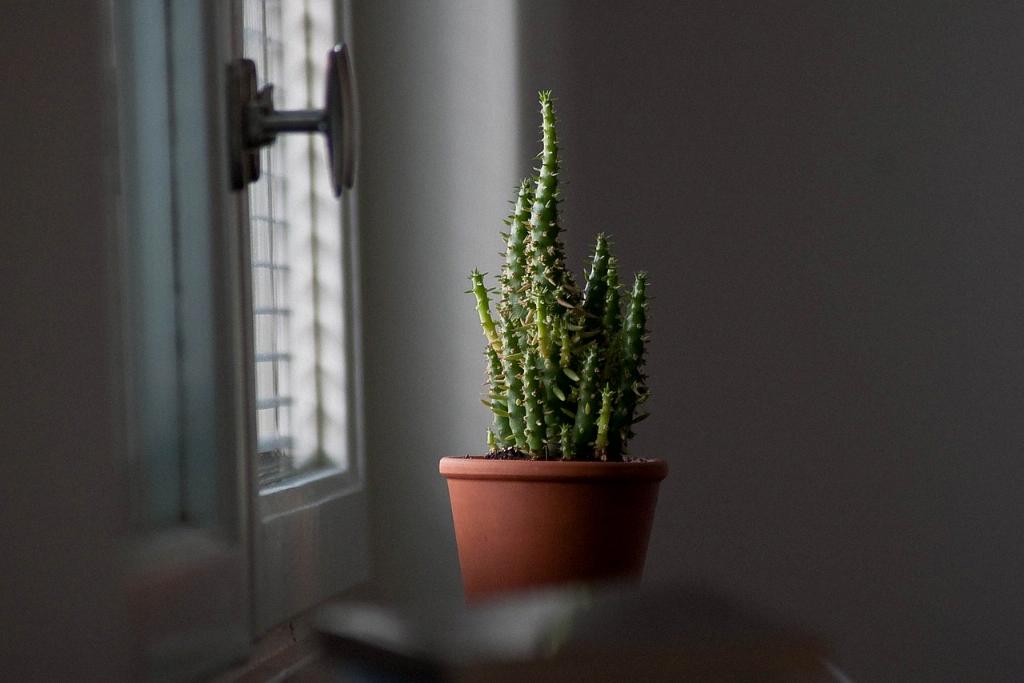Seeing your succulent change color to red may initially cause some concern, but fear not, as this transformation is often a natural response to a specific environmental stimulus. In many cases, this change is a sign that your succulent is adapting and thriving in its current surroundings.
Increased Sunlight Exposure
One of the primary reasons your succulent may be turning red is due to increased exposure to sunlight. Succulents, like the jade plant, often display vibrant red hues when they are subjected to higher levels of sunlight. This color change is the plant’s way of protecting itself from potential sun damage.
Response to Stress
Turning red can also be a response to stress, but not necessarily a negative one. Stress from environmental changes, such as transitioning from indoor to outdoor growing conditions, can trigger a succulent to change color. This is known as “good stress” and is a sign that your plant is resilient and adapting well.
Enhanced Photosynthesis
When succulents receive ample sunlight, they undergo a process called photosynthesis more efficiently. The red pigmentation in their leaves, known as anthocyanin, helps in capturing sunlight and enhancing photosynthesis. This results in improved growth and overall health of the plant.
Temperature Fluctuations
Another factor that can cause your succulent to turn red is temperature fluctuations. Exposure to cooler temperatures, especially during the night, can trigger a color change as the plant responds to the environmental conditions. This color variation is often temporary and should not be a cause for alarm.
Nutrient Deficiency
In some cases, a succulent turning red may indicate a nutrient deficiency, specifically in essential minerals like iron or magnesium. Insufficient nutrients can impact the plant’s ability to maintain its natural green color, leading to a reddish hue as a visual indicator of the deficiency.
Watering Practices
Overwatering or underwatering your succulent can also contribute to its color change. A lack of proper hydration can stress the plant, causing it to turn red as a response. It is crucial to strike a balance in your watering routine to ensure the optimal health of your succulent.
Genetic Factors
Genetics play a role in determining the color variations in succulents. Some succulent varieties naturally exhibit red pigmentation in their leaves as part of their genetic makeup. If your succulent has always displayed a reddish hue, it may simply be a characteristic of that particular species.
Seasonal Changes
Seasonal changes can also influence the color of your succulent. During certain times of the year, such as winter or periods of reduced sunlight, succulents may turn red as a response to the environmental cues. This color change is typically temporary and reversible.
Healthy Growth Indication
While a succulent turning red can sometimes be a sign of stress or imbalance, it can also signify healthy growth and development. Embracing the color change as a positive indicator of your plant’s resilience and adaptation to its environment can help you appreciate the beauty of nature’s processes.
Monitoring and Care
To ensure the well-being of your succulent, it is essential to monitor its color changes and overall appearance regularly. By understanding the reasons behind its redness, you can adjust your care practices accordingly, providing optimal conditions for your plant to thrive and maintain its vibrant colors.
Appreciating Nature’s Wonders
Ultimately, the sight of your succulent turning red serves as a reminder of the marvels of nature and the intricate ways in which plants respond to their environment. By observing and appreciating these nuanced changes, you deepen your connection to the natural world and the beauty it holds within every leaf and petal.

